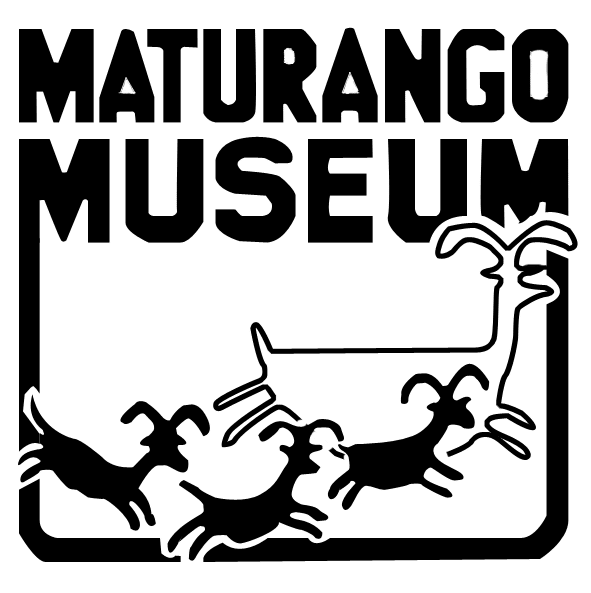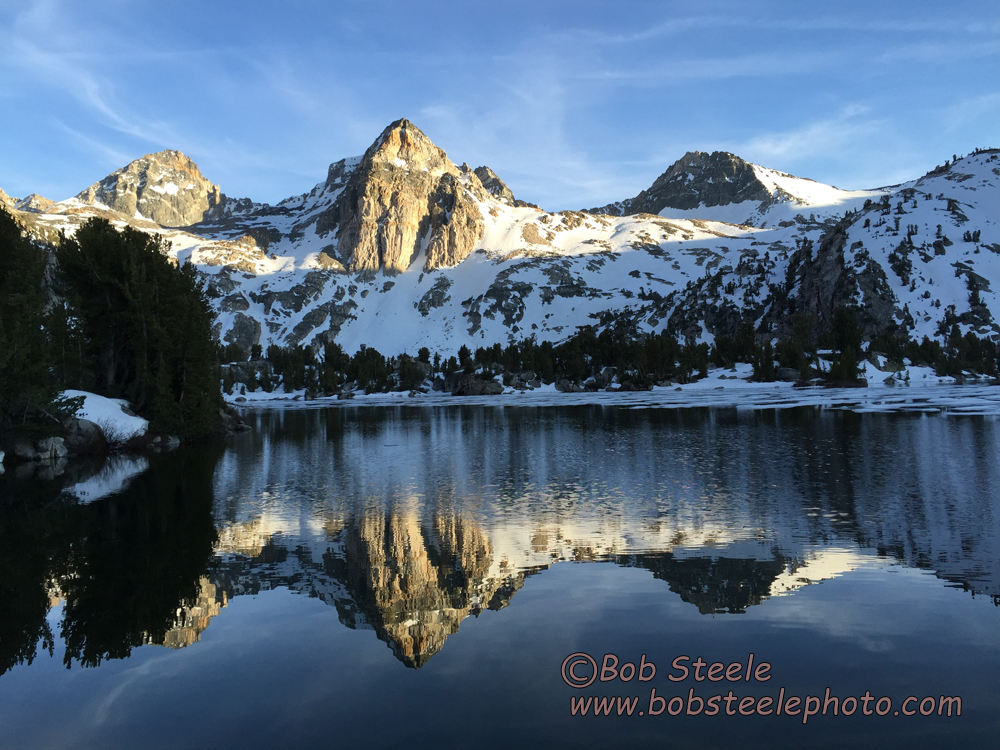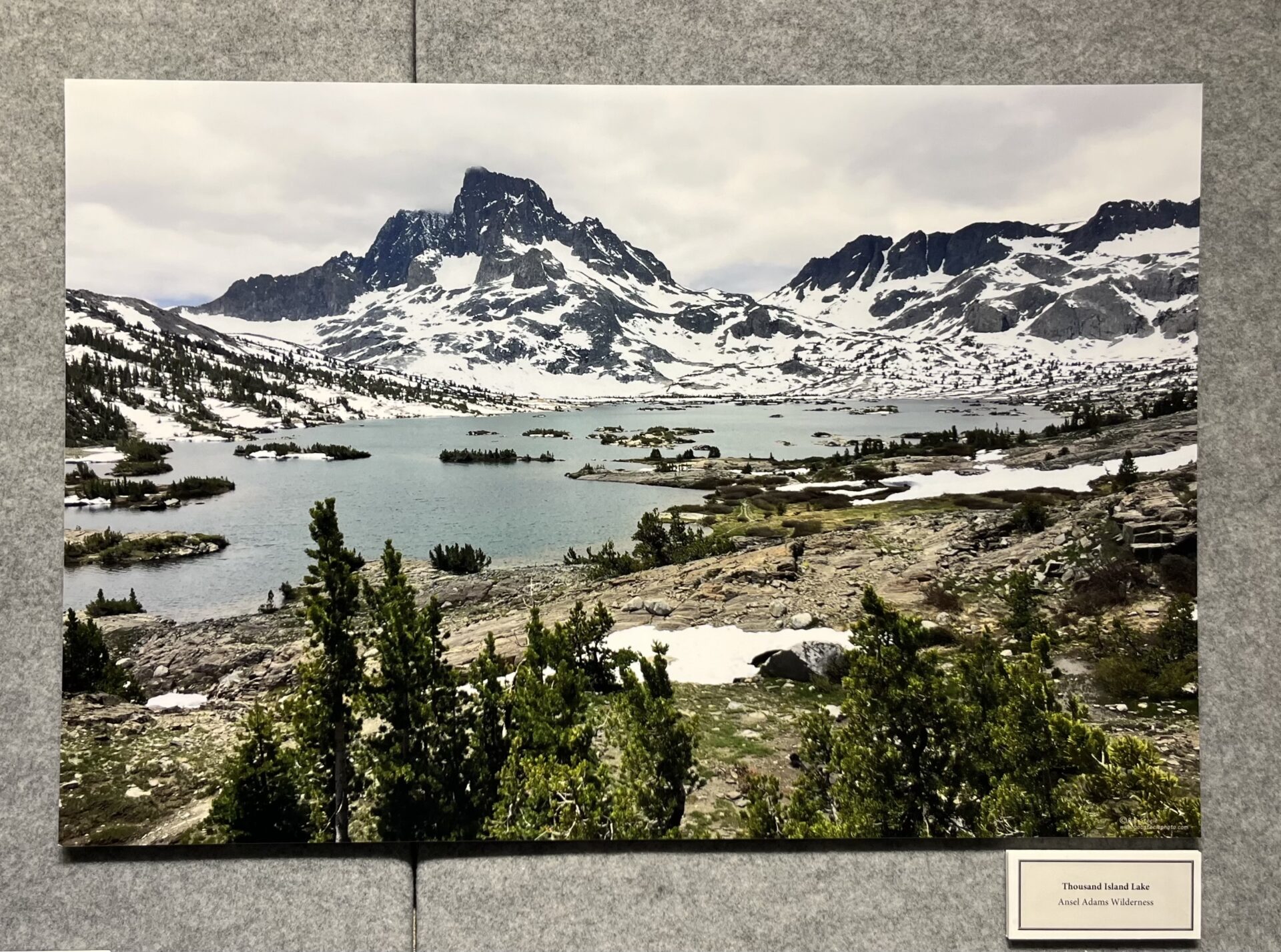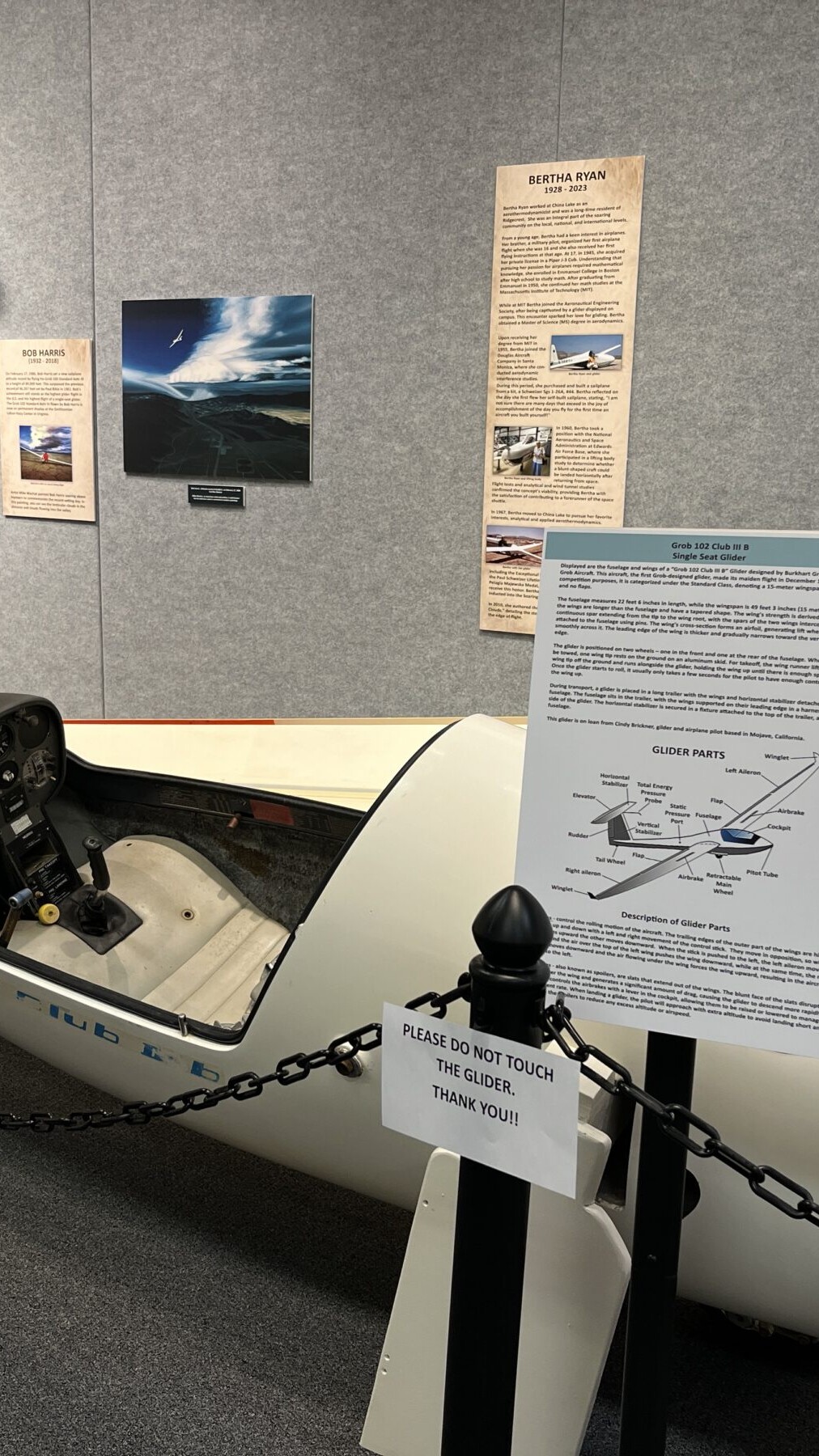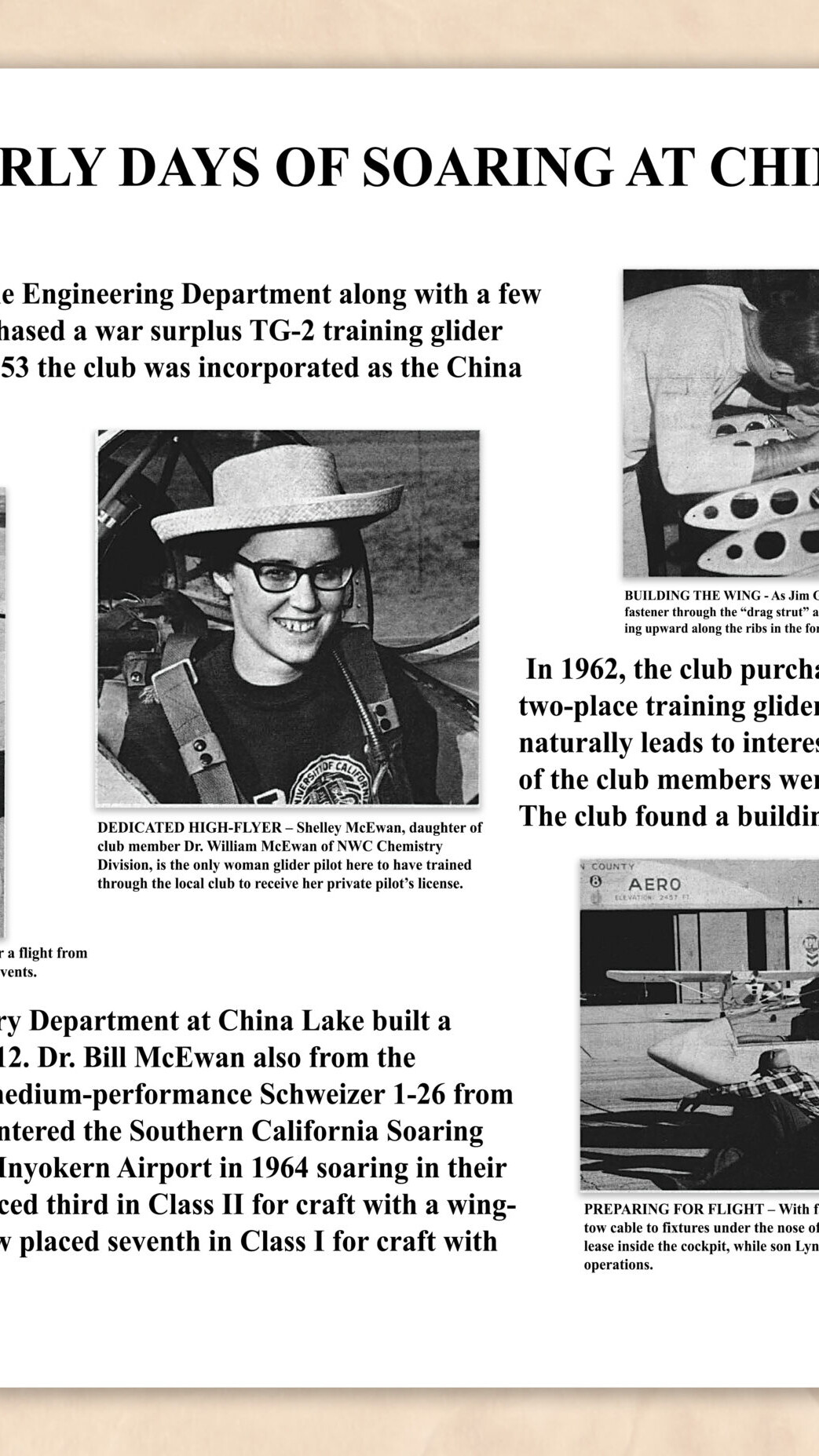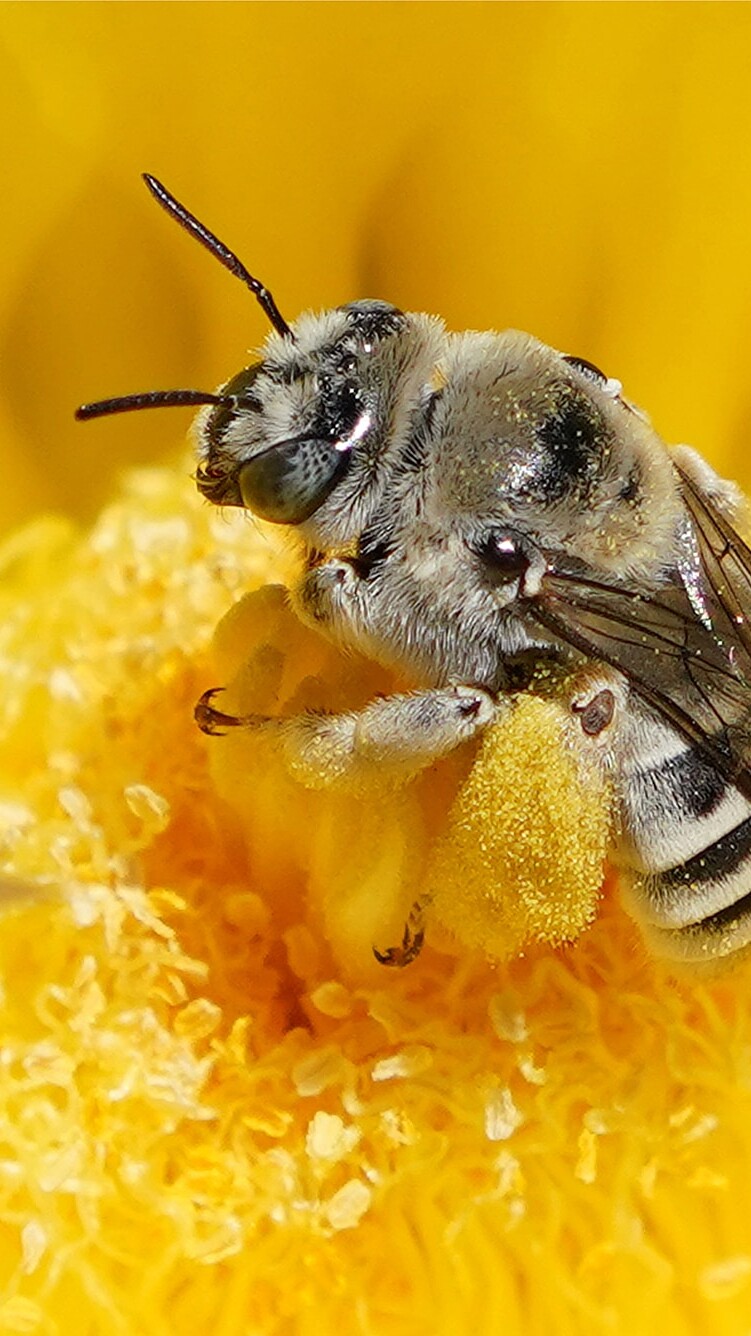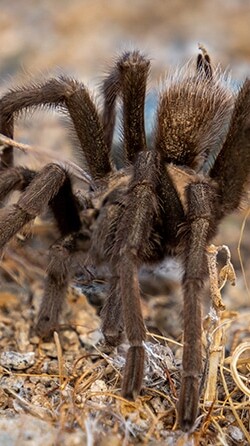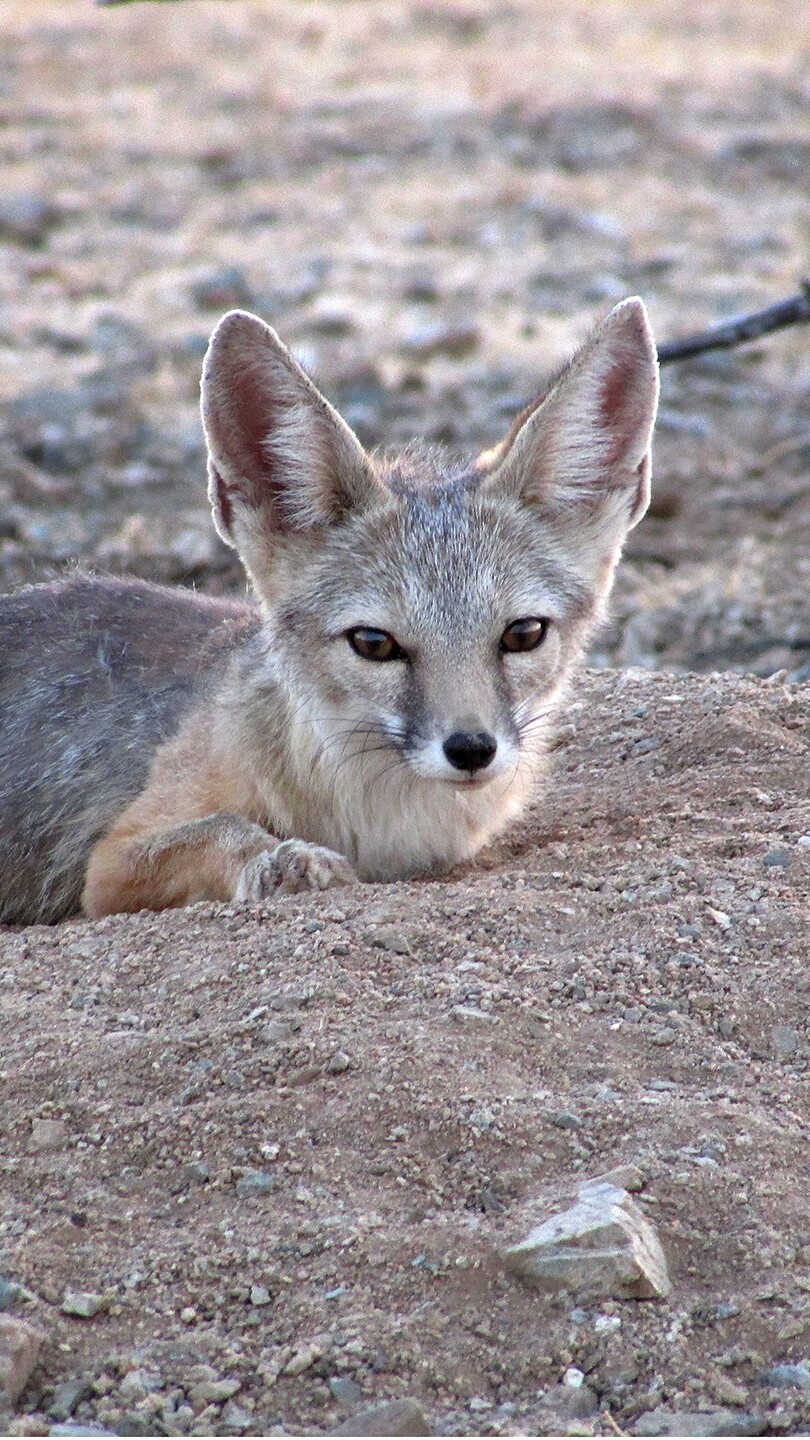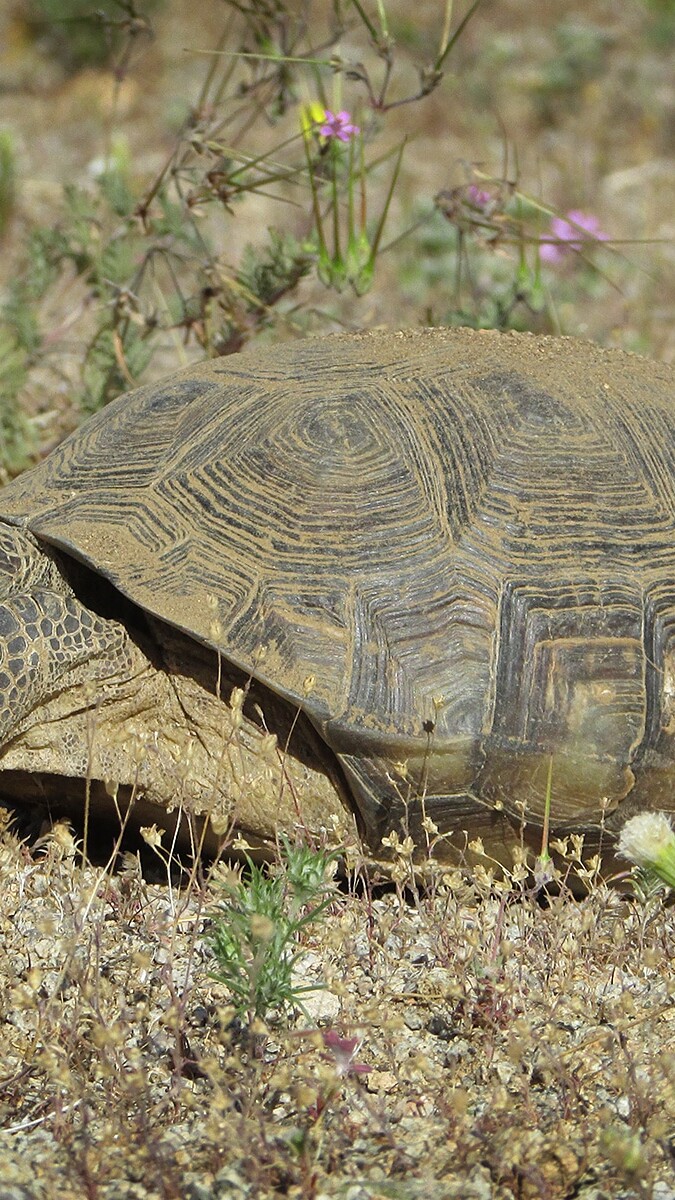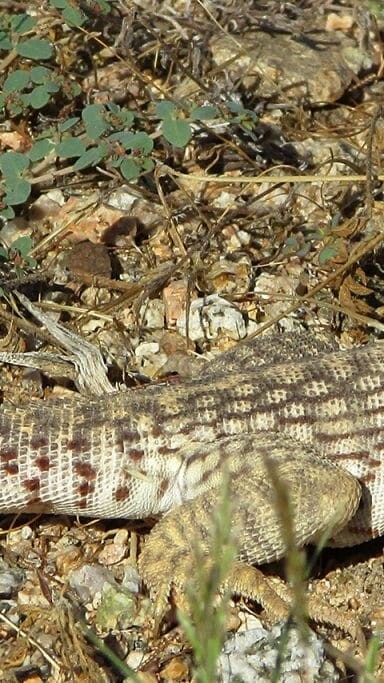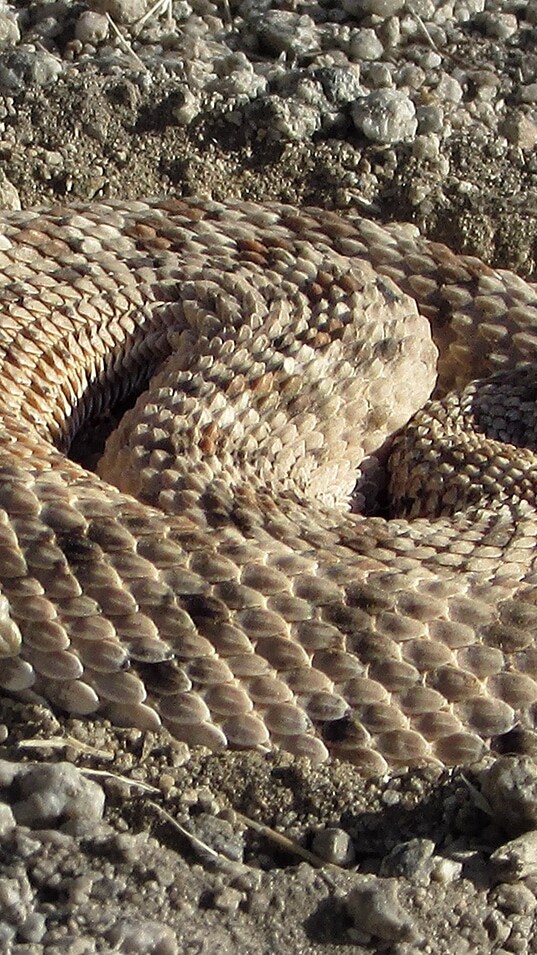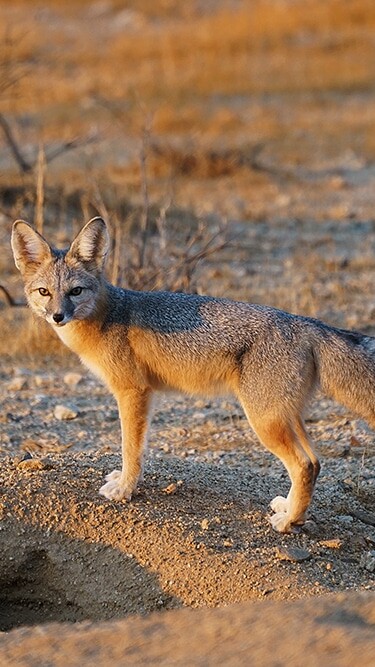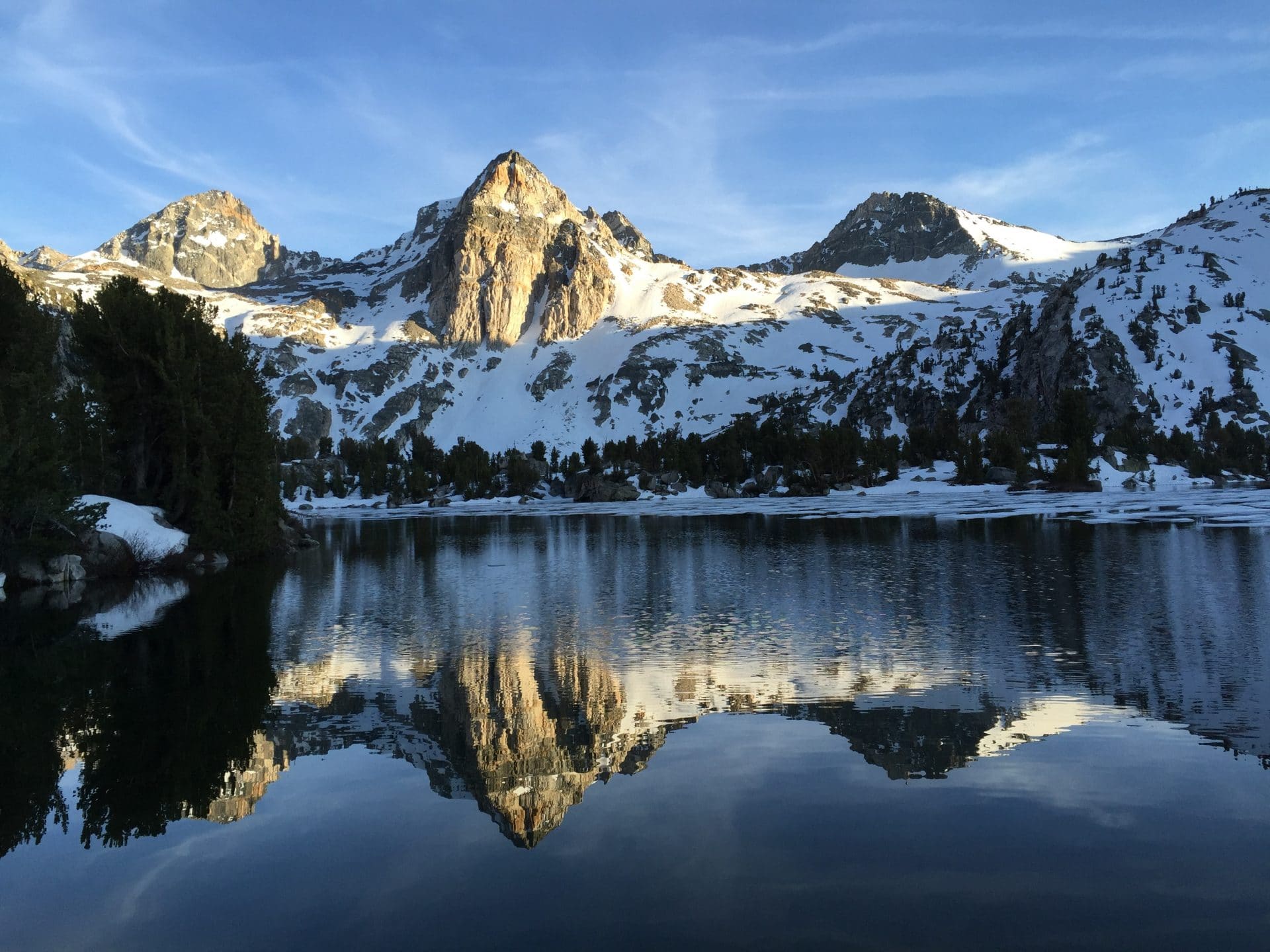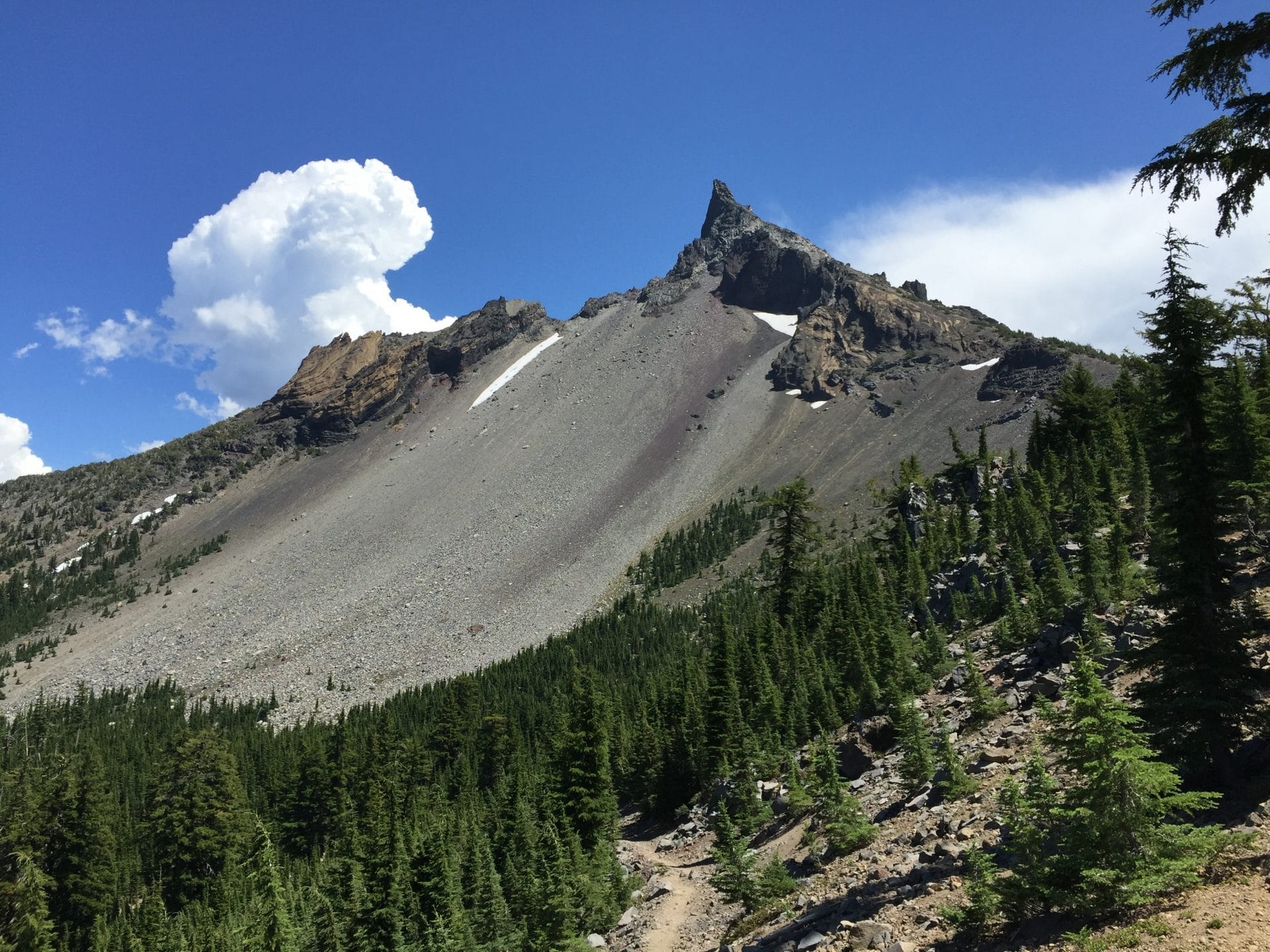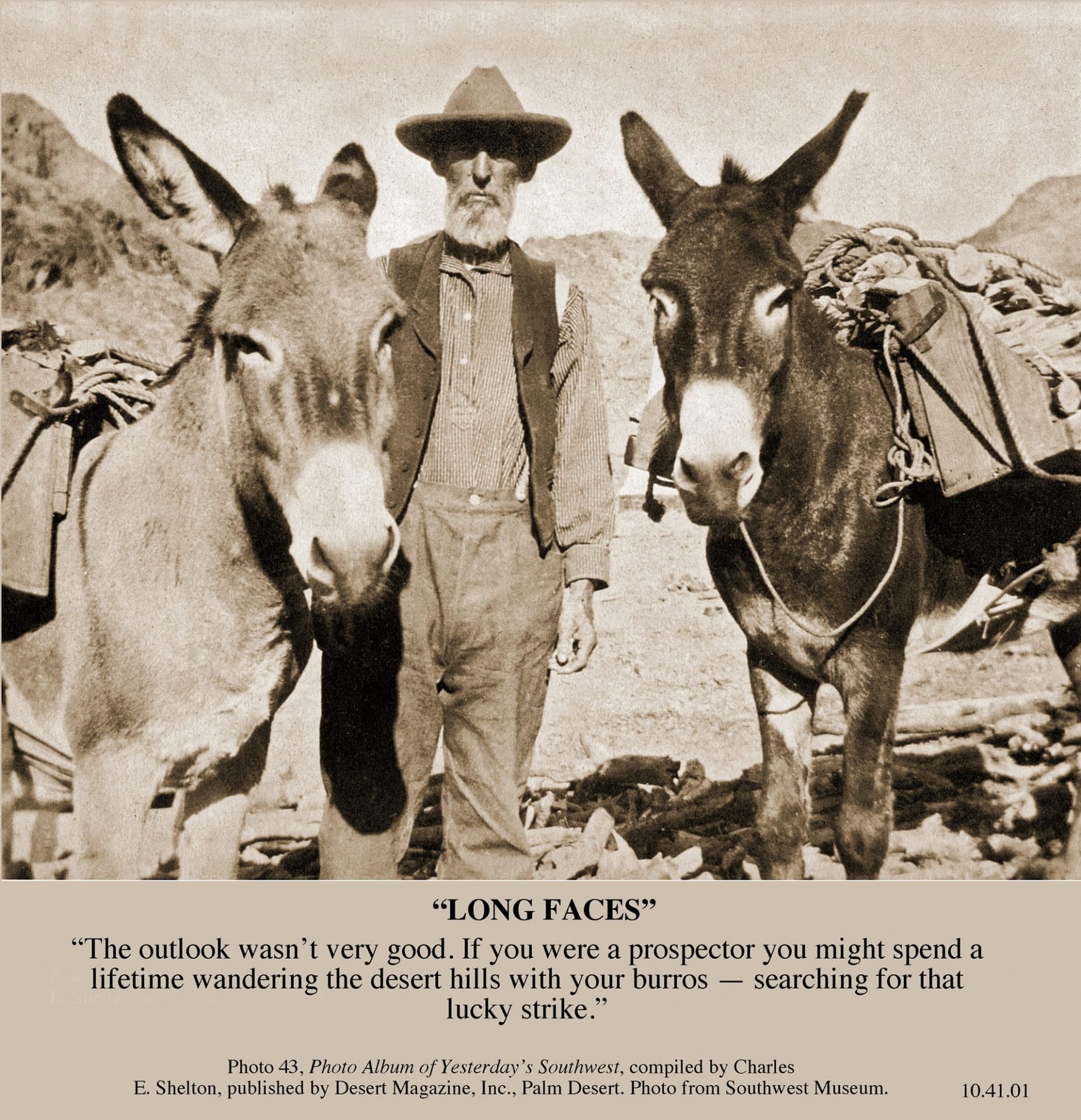The Sylvia Winslow Gallery
The Sylvia Winslow Gallery provides a flexible space that can be used for the following:
- Visually pleasing art exhibits with correct lighting
- Meetings
- Concerts
- Docent activities
Current Exhibit
Pacific Crest Trail - Its Wonders and Beauties,
April 21 – September 21
A photographic exhibit on the Pacific Crest Trail (PCT) is currently on display at the Sylvia Winslow Gallery. This 2,650-mile trail winds through some of the most inspiring and beautiful landscapes in the United States. It begins at the border of Mexico and leads backpackers through California, Oregon, and Washington, ending at the Canadian border. Some hikers choose to start in Washington and travel south to Mexico.
The PCT traverses nine mountain ranges, 25 national forests, seven national parks, and numerous wilderness areas. Exploring this untamed wilderness offers a unique opportunity to experience a diverse range of terrain, flora, fauna, and wildlife that characterize the western United States.
Renowned photographer Bob Steele captured the stunning beauty of the trail using an iPhone while hiking the PCT with his wife, Susan, in 2016. They spent 5 months and 11 days on the trail, taking time to photograph the scenery and indulge in Susan’s passion for birdwatching.
This photographic exhibit presents only a small fraction of the breathtaking views found along the trail. We hope that it fosters an appreciation for the diversity of the PCT and leaves you in awe of its natural beauty.
Past Exhibits
SOARING - Flying High on the Power of rising Air
“Soaring – Flying High on the Power of Rising Air” exhibit a single-seat Grob 102 Club III Glider. Due to its long wingspan, the glider cannot be fully assembled and displayed in the Sylvia Winslow Gallery. As a result, the wings are not attached to the fuselage but are placed on a rack behind the fuselage to demonstrate the relationship between the length of the wings and the fuselage. The glider is on loan from Cindy Brickner, a glider and airplane pilot residing in Mojave.
The exhibit provides descriptions of gliders, explains how a glider stays in the air without an engine, explores the history of soaring, discusses local soaring projects, and highlights notable individuals involved in soaring. The Indian Wells Valley and the Eastern Sierras are recognized as one of the best soaring locations globally. Many soaring records for altitude, distance, and speed have been set in this area. Additionally, miniaturized glider models are displayed hanging from the ceiling.
Gliders, also known as sailplanes, fly without an engine. Typically, the glider is either towed to a certain altitude by a powered aircraft or launched from the ground using a winch. A knowledgeable glider pilot seeks signs of updraft or lift to ascend higher and prolong their flight. This exhibit demonstrates the various types of lift a pilot looks for and employs to soar higher and longer. Furthermore, the exhibit features information on the Perlan glider project, which holds the current world altitude record of 76,124 feet.
This is an exceptional exhibit on soaring and is worthy of a visit to the Maturango Museum!
Rademacher Hills Wildlife
It’s all about the animals that live in the Rademacher Hills. Photographs by local Nick Panzer and fellow hikers showcase the animals they’ve encountered on their daily hikes in the Rademacher Hills located south of Ridgecrest. With camera in pocket, these hikers are always prepared to photograph any animal that they come across whether it be a snake, lizard, bird, insect, spider, tortoise, rabbit, kit fox or coyote. Over the years, this group built up quite a selection of photographs capturing over 40 different species – enough photographs to cover the walls of the Sylvia Winslow Gallery. The wonderful photographs along with the interesting facts about each species make this exhibit both fun and educational.
Rademacher Hills Wildlife Video Presentation
Pacific Coast Trail
In 2018, the Maturango Museum hosted a photographic journey of the Pacific Crest Trail (PCT) which runs from the Mexico-United States border to the Canadian border for a distance of 2650 miles. Many adventurous hikers travel this trail – some traveling the full distance in a single season and others hiking portions of the trail over many years. Whichever way one decides to hike the trail, the views and terrain are spectacular along all the 2650 miles.
Many PCT hikers stop by Ridgecrest to get supplies, rest and shower. Some of those visit the museum while in town. Two locals, Bob and Susan Steele, both photographers and naturalists, hiked the PCT in 2016 taking photographs with an iPhone as they traveled. The Steeles allowed the museum to print selected photographs of their journey in order to provide museum visitors a glimpse of what one can see on the PCT.
Always One More Chance
Mining in the upper Mojave desert was quite common in the late 1800s and early 1900s. Gold, silver, copper and tungsten were all mined within 30 miles of Ridgecrest. The desert is marked by many mounds of tailings and many large and deep holes. Needless to say, miners sometimes left tools, mining claims, explosive boxes, mining pans and cooking equipment behind. In 2019, the museum’s mining artifacts were on display in the Sylvia Winslow Gallery along with mining photos and paintings of local mining sites. This eclectic blend of mining artifacts and art was titled, “Always One More Chance” a common thought for the miners looking to strike it rich.
